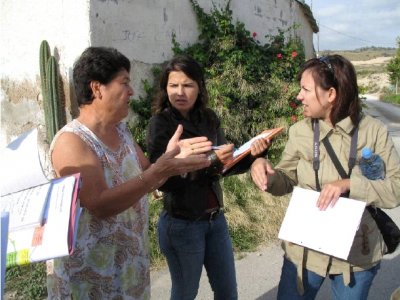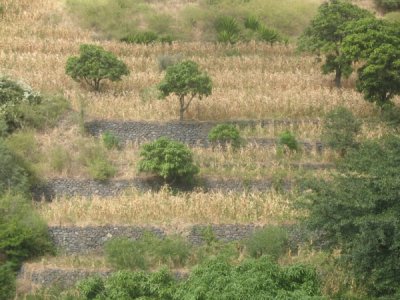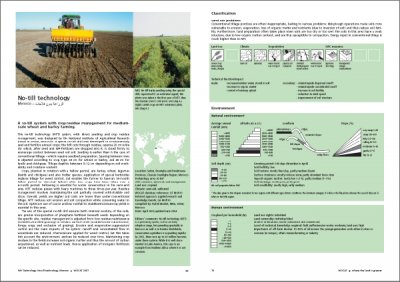|
Each study site documented and evaluated 3 to 5 locally applied and potential strategies to combat desertification and land degradation (»Database of evaluated strategies from all study sites). Documentation with the WOCAT questionnaires on sustainable land management (SLM) technologies and approaches follows a structured and standardised process which helps to better understand the reasons behind successful field experiences. The corresponding databases serve as a basis for knowledge exchange between stakeholders and among the study sites, and lay the foundation for the selection and negotiation process in WP 3.3.
that control land degradation and enhance productivity in the field. These measures are often combined to reinforce each other. The questionnaire addresses the specifications of the technology (purpose, classification, design and costs) and the natural and human environment where it is used. It also includes an analysis of the benefits, advantages and disadvantages, economic impacts, and acceptance and adoption of the technology. Impacts are approximated through simple scoring, but supplemented by data where available.
|
||||

Acknowledgement
The DESIRE project was
|
DESIRE brought together the expertise of
26 international research institutes
and non-governmental organisations.
This website does not necessarily
represent the opinion of the
European Commission. The European
Commission is not responsible for
any use that might be made of the
information contained herein. 



